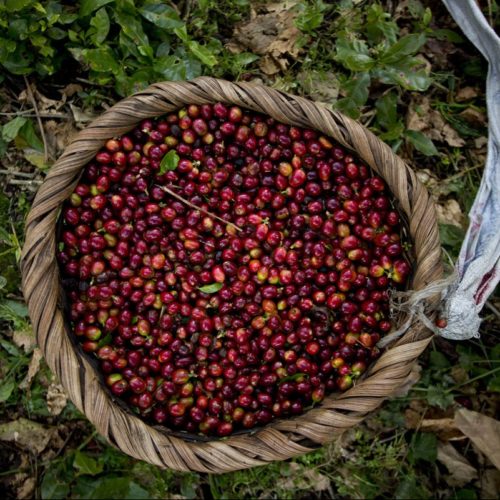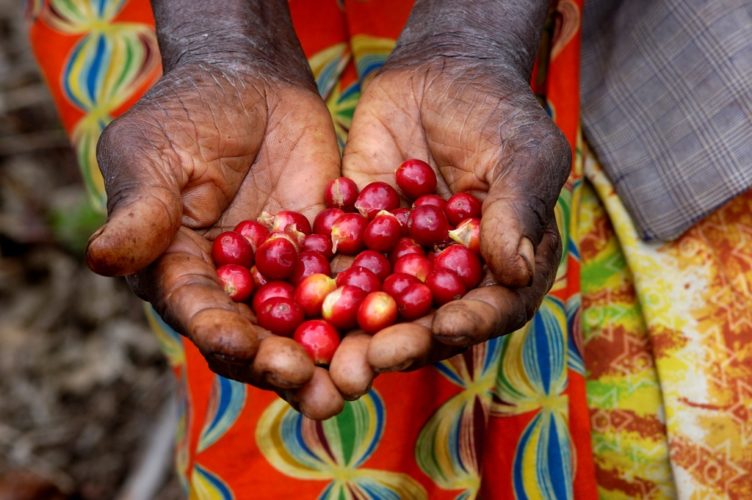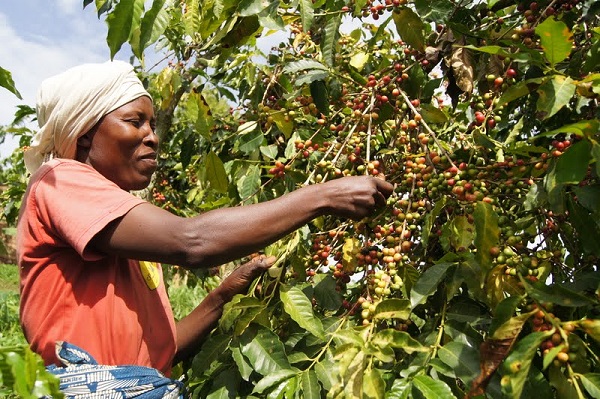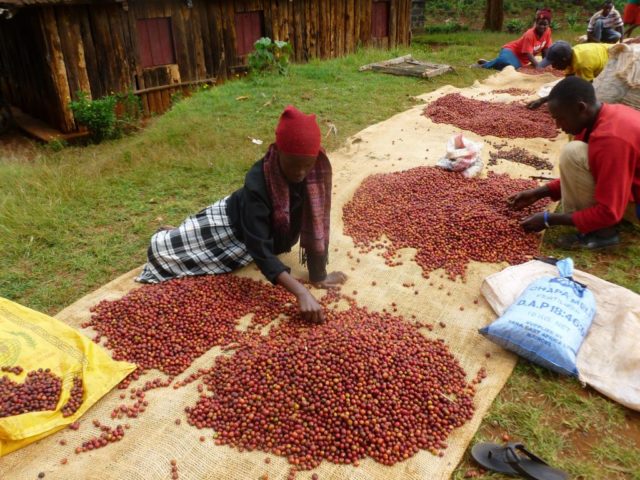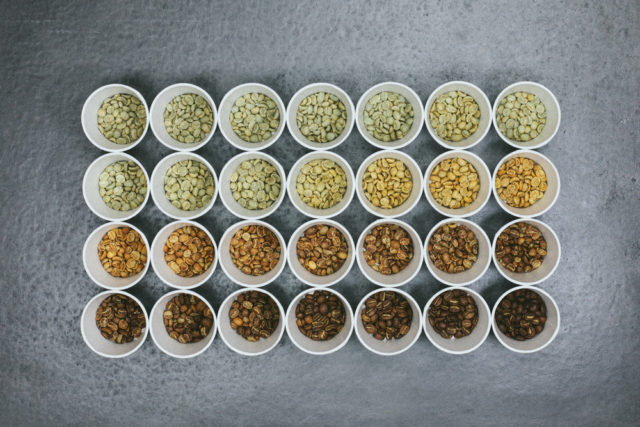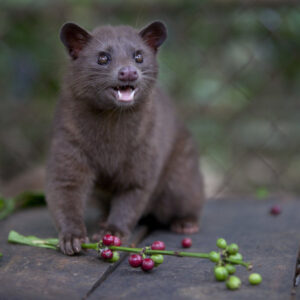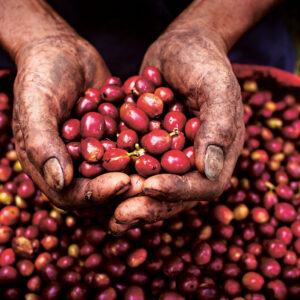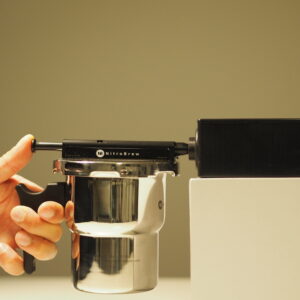That fruity coffee thing
Timon Kaufmann•Beans n Booze
Full bearded guys in lumberjack shirts are raving about fruity flavors like raspberry, blueberry, apple, lemon and everything else you can find on a fruit market. Then you finally try it and what does it taste like? Coffee, or so. We guess… The majority of us have learned at home, that coffee has to be strong, black and bitter. Filter coffee is more of dubious quality. And the tough dudes do drink it black, while all others add sugar and milk.
Therefore, at this point a few words from someone who is usually fully bearded and sometimes is even wearing a lumberjack shirt.
Coffee, ranks as the most aromatic food ever. A small bean contains over 1.000 different flavors. Depending on how you process the bean, you can tickle it out of her.
The field of flavors is quite extensive, therefore only this:
flavors are specific smells and tastes caused by chemical substances or compounds.
In nature, so far around 10.000 different flavors have been identified and, with practice, one can distinguish a few 1.000 of them.
Accordingly, if the right combination of chemical compounds hits on a few of our 10 million olfactory cells, it may remind us of grandma’s apple pie, the favorite perfume or freshly brewed coffee.
Many substances share similar or identical compounds, resulting in the instance, that a glass of rum offers tastes of vanilla, banana and chocolate, without ever coming into contact with it. Conclusion: A coffee that tastes of apples was not necessarily blended with apple juice.
What is the difference between acid and fruity?
Let’s stay with apples for a second and illuminate the difference between acid and fruit. The distinction between these flavors is not always easy, but a small hint is very helpful.
For “fruit”, one can think of biting into a juicy, ripe, sweet Golden Delicious. The apple tastes fruity and aromatic, having almost no acid. The bite in a Granny Smith apple however, has a crisp, fresh and astringent effect and acts more acidic instead of fruity.
What is important though, is that the acid is not unpleasant. At what point that happens, everyone must decide for themselves. The aim should be to achieve a highly balanced relationship between body, sweetness, bitterness and acidity.
How the acid does comes into the coffee?
Coffee contains around 100 different acids. These include, for example, acetic, apple, citrus, milk and chlorogenic acids. These are, you guessed it, responsible for the acid in the cup.
The heat during the roasting process especially degrades and decomposes the chlorogenic acids, continuously. Saying, the longer the coffee is roasted, the more acids can be degraded and the less acid is in the brewed coffee.
Thus, one can be roughly say that dark roasts = little acid / fruit, while light roasts = strong acid / fruit. But it largely depends on the individual bean and the processing.
Which beans and regions have more acid / fruity?
Basically, one can say that Arabica beans have more acids and fruity components than beans of Canephora, also called Robusta.
Concerning regions particularly, African coffee, for example from Ethiopia and Kenya, is known for its fruit and citrus accented flavor.
How can we control the acidity?
During the brewing process, the light flavors and acids are dissolved first. The longer the water is in contact with the coffee, the more bitter and heavy flavors you get.
Also, the temperature is of significance. The hotter the water, the more substances dissolve and a shorter brewing time can be chosen. More than this, a different temperature will also extract different substances. For example, a Cold Brew, which is prepared with cold water is very poor in acids, bitters and caffeine.
The third factor is the grind. The finer the grind, the more extraction and the more flavors are dissolved in the same time.
In the preparation of espresso this behavior of coffee is particularly impressive. Thus, an espresso of 25-seconds can be very acidic and the one of 30 Seconds tend already to be bitter.
Coffee use at the bar
At the bar fruit and acid affect the balance of a drink. A sweet cocktail, such as an espresso martini, can be balanced by an acid Espresso. On the other hand, a drink already containing acid calls for a low-acid coffee. The Espresso Tonic is one of the best examples of how important the right choice of coffee can be. As a tonic already brings some bitter substances, a bitter coffee can make the drink unpalatable.
To put it in a nut shell, someone could say that:
- the lighter the roast, the fruitier the coffee.
- the shorter the brew time, the more acid.
- the coarser the grind, the milder the coffee.
- African coffees are usually fruity and acidic.
Taste and flavor are very individual things that everyone experiences differently. Therefore, you should, especially at the beginning, do not worry about aroma if you do not taste the predefined flavors. Most important thing after all is that you have to enjoy it!
In this sense: enjoy!



